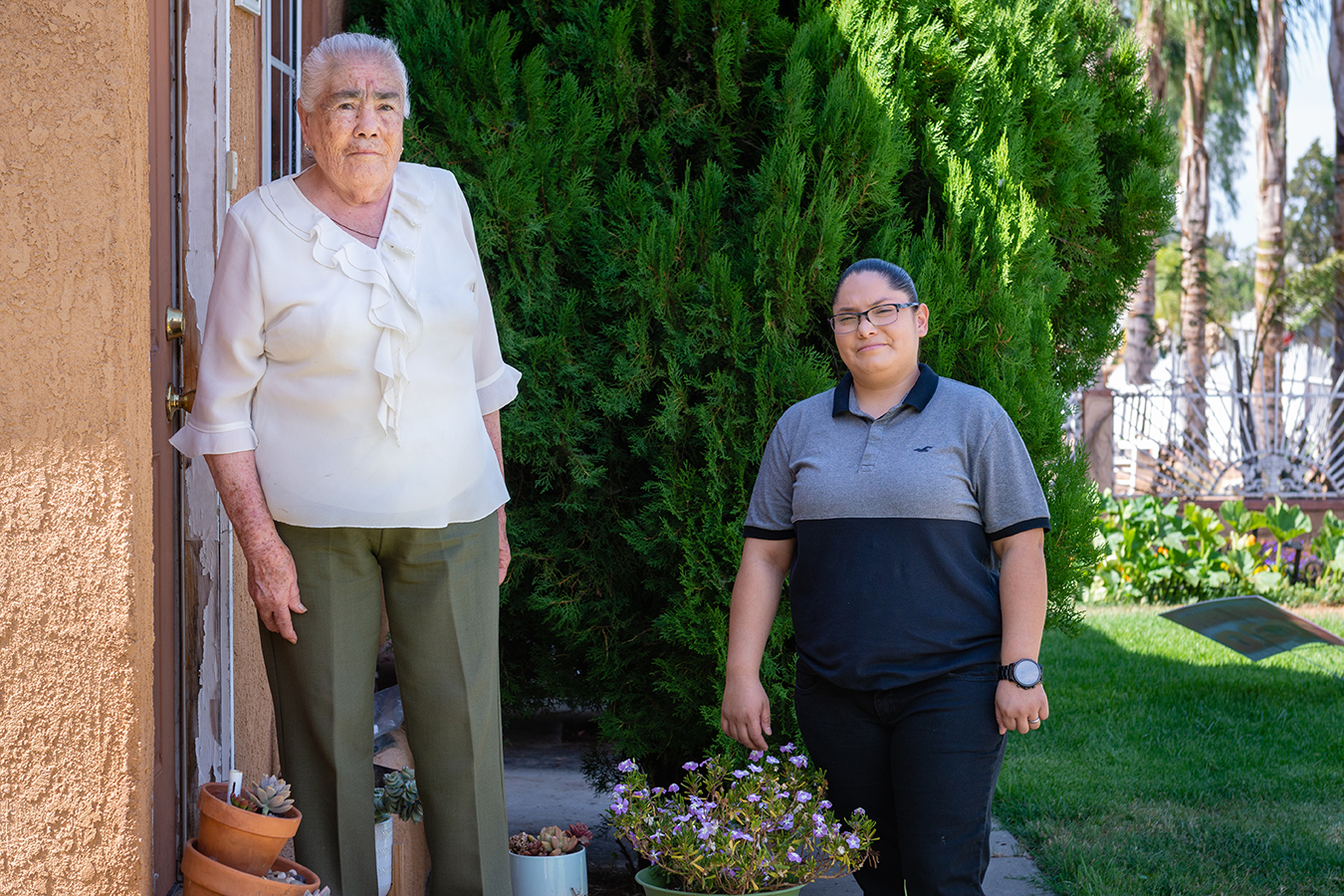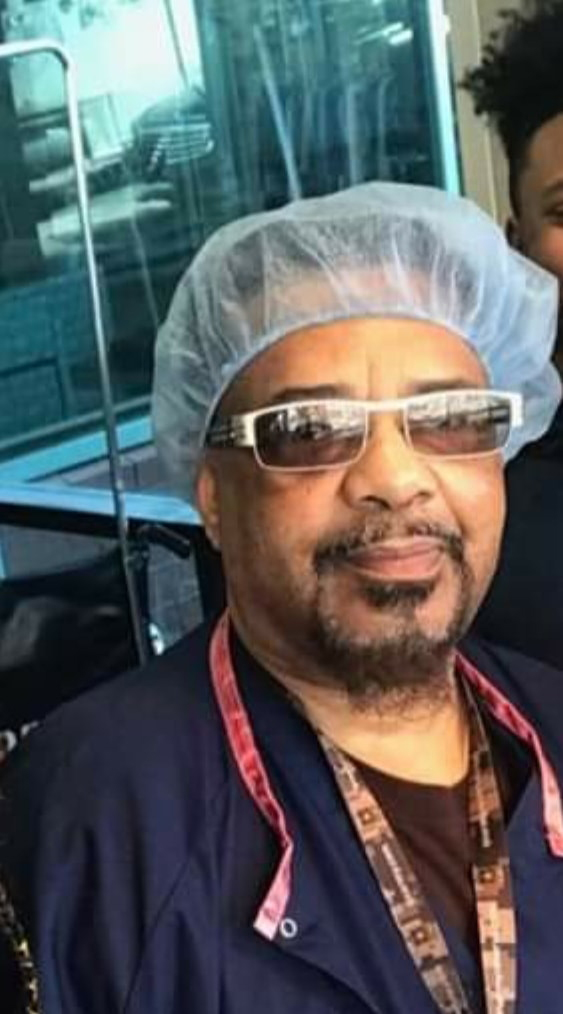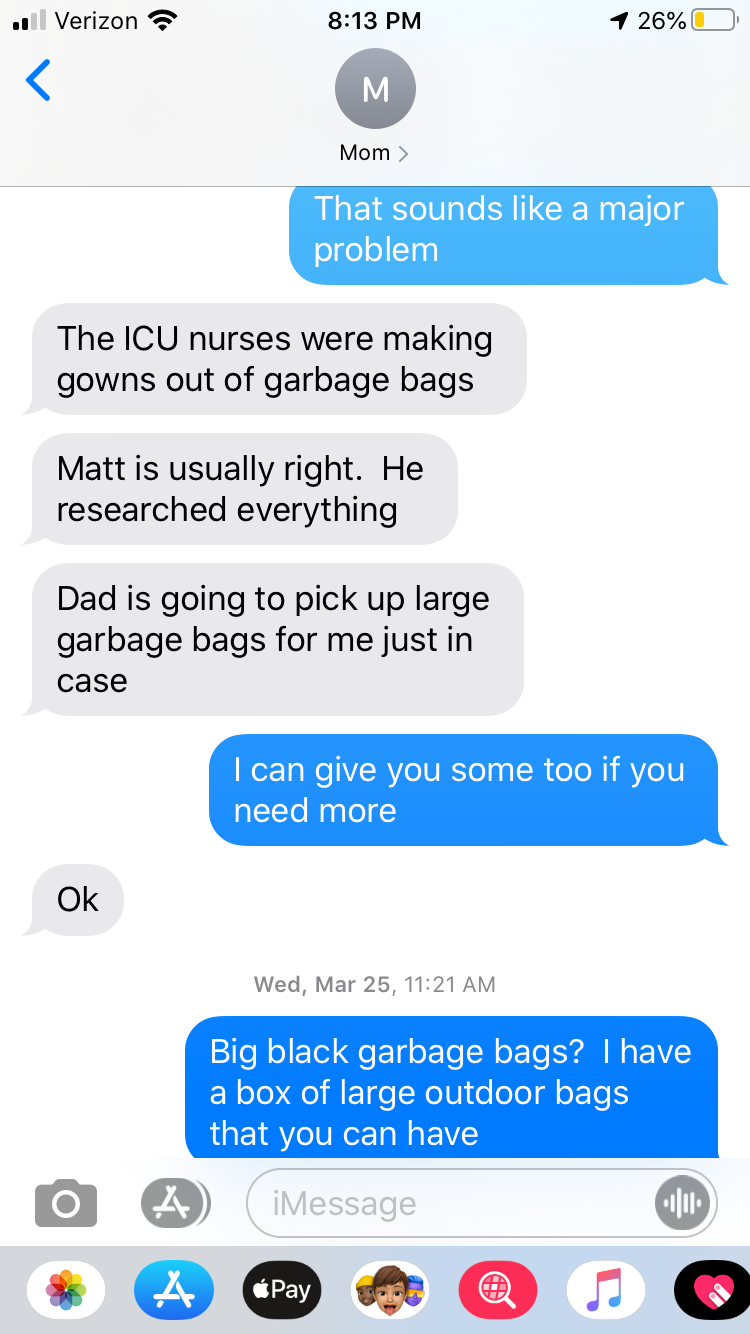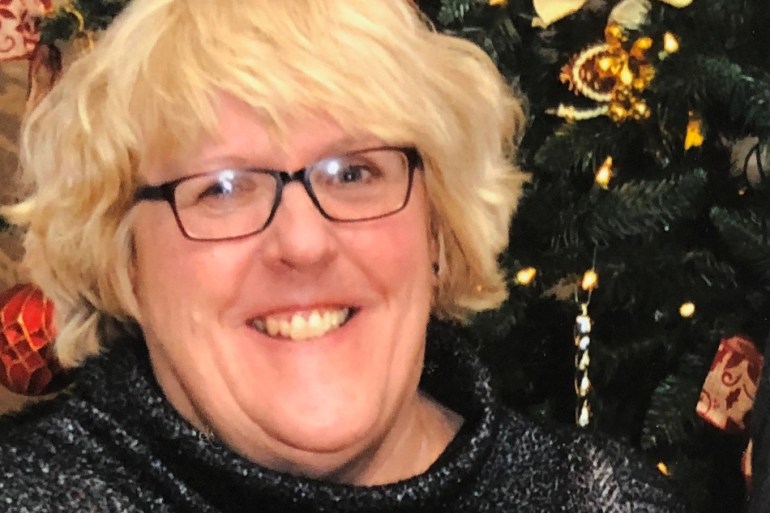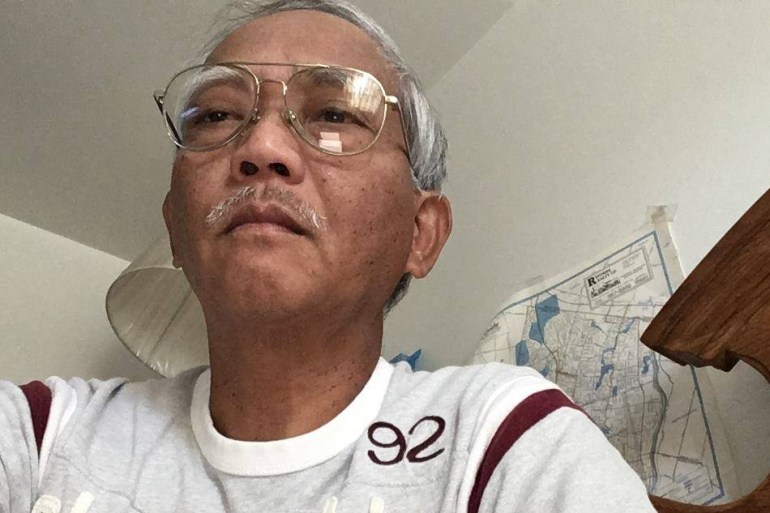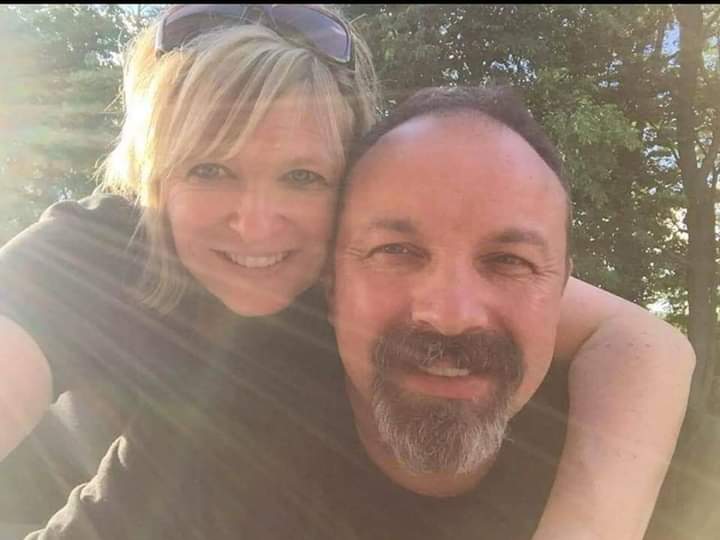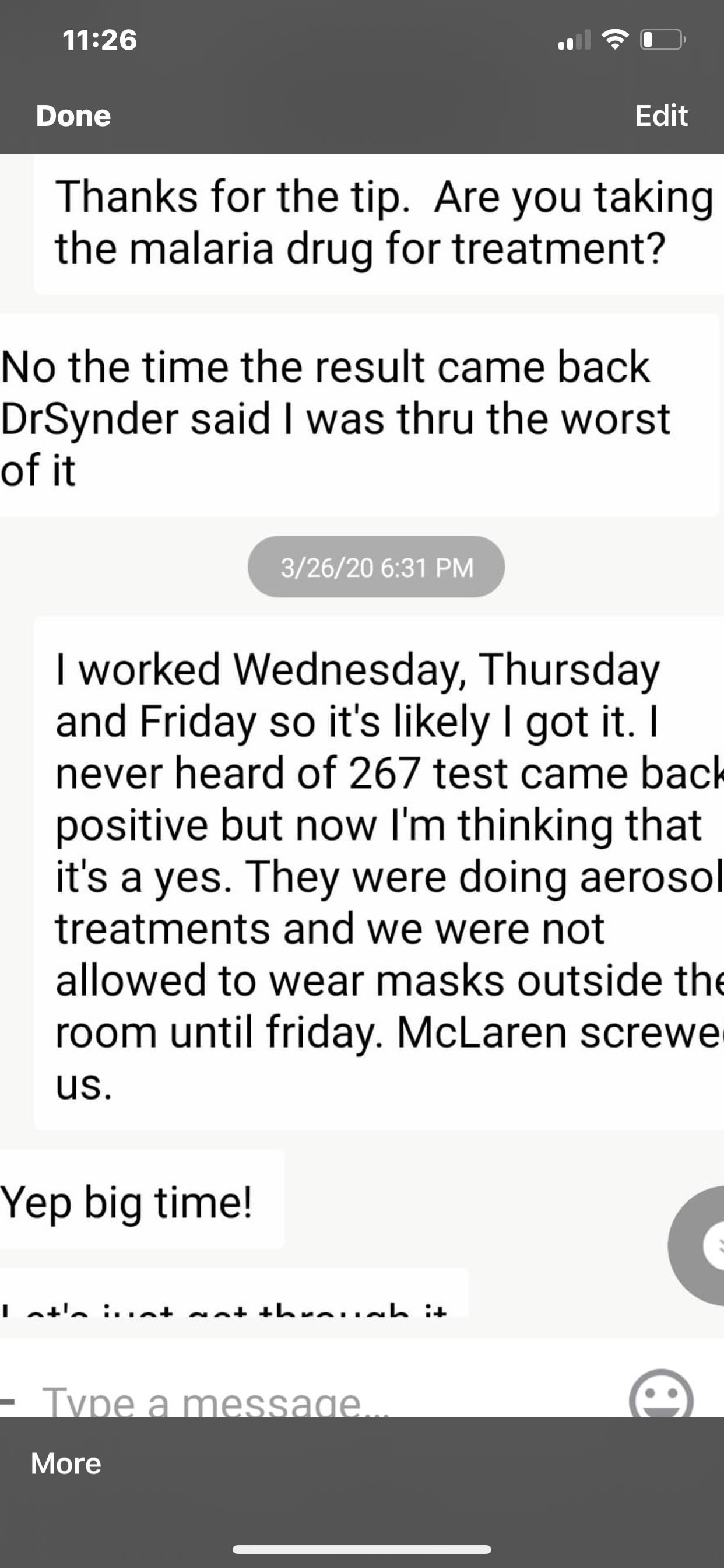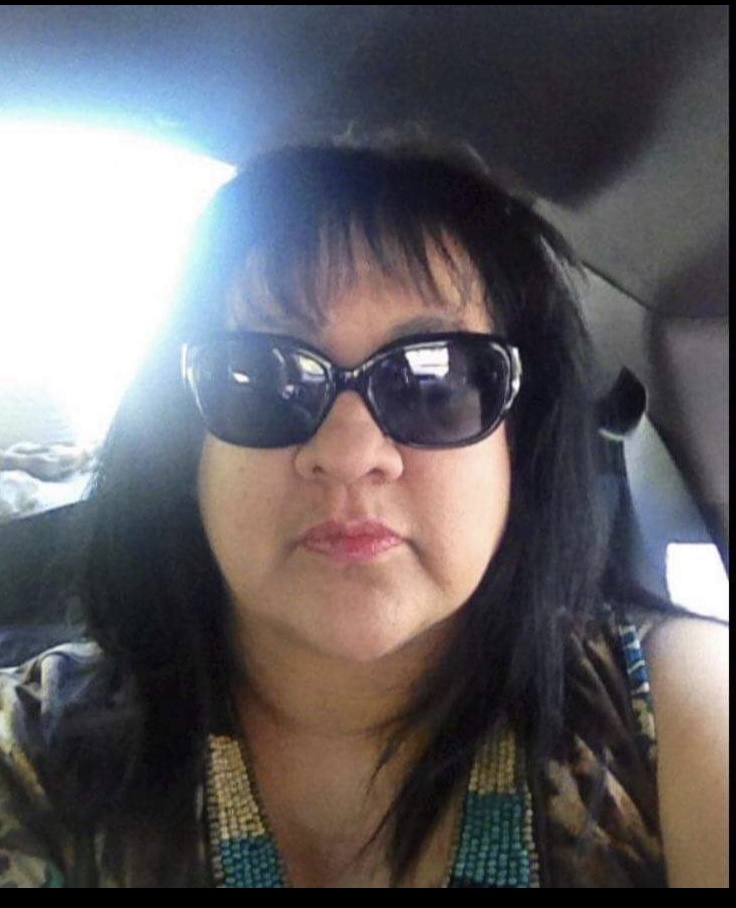Letters to the Editor is a periodic feature. We welcome all comments and will publish a selection. We edit for length and clarity and require full names.
Rising Above Racism
I want to compliment writer Anna Almendrala on her article “Masked or Not, Asians Are Still Attacked” in the Los Angeles Times (“Hate Unmasked In America, May 29). I was deeply moved by her eloquent prose and her compassionate voice. During this difficult time, after being cruelly attacked by a neighbor, she was still able to respond to an egregious insult with an impressive amount of empathy. I hope that readers learn from her example. I have.
— Jayne Muñoz, Santa Ana, California
— Barbara Glickstein, New York City
Threats Against Public Health Workers
Thank you for publishing the story describing the dire threats that public health professionals have received (“Public Health Officials Face Wave Of Threats, Pressure Amid Coronavirus Response,” June 12). I left an academic career in public health, as the former director of prevention and control for the Cancer Center of Hawaii, because of institutional racism. But that pales in comparison to what these professionals are being subjected to.
— Dr. Brian Martin, Portland, Oregon
I would have liked the authors of this article to also have mentioned what percentage of the officials who quit or were fired were female. I have noticed since the beginning that most state and local health officials are female. (Noticed it is the same in Canada.) And did they investigate/consider whether that fact has also played a part in the hostility and threats?
— Ann-Marie Tate, Phoenix
Editor’s note: Please be on the lookout for follow-up stories, produced in partnership with The Associated Press, which will include more data.
— Dr. Faiz Kidwai, Syracuse, New York
Lessons In Holistic Healing
The long history of mistreatment and distrust between Native Americans and the federal government is no secret (“Returning to Roots, Indian Health Service Seeks Traditional Healers,” May 14), but I find that myself and many of my peers in medical school have limited knowledge when it comes to the health care of Native Americans. This article provides an enriching example of the importance of cultural diversity and holistic medicine.
In the era of medicine where chronic diseases such as cardiovascular disease are the most common cause of death, there are no treatments that “cure” conditions as there are with many infectious diseases. As such, treatment relies on addressing risk factors, lifestyle changes, and the social environment. While the advancement of modern medicine is nothing short of remarkable, there is something to be learned from the traditional healers of the Native American reservations. They seek not only to treat physical conditions, but also to address the “mental, emotional, and spiritual needs” of the community, as so elegantly stated in the article. This comprehensive approach to medicine is perhaps more suitable to the chronic diseases we see today, where cardiovascular disease is intertwined with risk factors such as poor diet, low income, distrust of medicine, etc.
The recruitment of traditional healers by the Indian Health Service, a federally funded organization, gives me hope that not only is the government starting to accept the importance of cultural diversity, but that it is beginning to acknowledge a more holistic approach to medicine.
— Brandon Jocher, St. Louis
— Brett Chapman, Tulsa, Oklahoma
Their Lives Did Count
I watched Dr. Elisabeth Rosenthal on CNN and related to her story “First-Person Perspective: My Mother Died Of The Coronavirus. It’s Time She Was Counted,” May 27). I lost two parents. Ten hours apart. In two different New York City hospitals. One came from a skilled nursing facility. One came from an independent living facility. 92 and 93 years old. Neither of them “counted.” It’s a terrible feeling. Their lives surely counted, but not their deaths.
— Robin Tolkoff Levy, Owings Mills, Maryland
On Dentists Cleaning Up
I saw your article on increased dental fees (“Open (Your Wallet) Wide: Dentists Charge Extra For Infection Control,” June 3). It is very true. I am a private practice dentist and am facing increased “disposable goods” costs, as well as additional trash collection fees, and have hired an additional staff member whose sole task is cross-contamination prevention. I am forced to pass these charges along to the patients.
To the patients interviewed in your article who were “shocked” by the added fees, you can look for a dentist who will not have to increase his or her fees — but you likely won’t find one. I have had a few patients refuse to pay the charge and they are dismissed from my practice. When they realize that our charges are reasonable and call to try and get an appointment (and 80% do), we won’t make them an appointment. “But there isn’t another dentist in 200 miles who takes my insurance,” they complain. Shouldn’t have complained.
Several local dentists have retired completely because they couldn’t (or chose not to) keep up with the changes. We are booked into November. On the plus side, my existing patients are thrilled to be able to be seen and arrive early, don’t balk at having to wait in the parking lot and are extremely pleased with our efforts to avoid cross-contamination. My rate of “missed appointments” is way down.
Dentistry now outpaces logging and fishing as the most hazardous job on the planet. We went from being the brunt of jokes to valued members of the health care community.
In 1962, there were 100,000 dentists, 100,000 physicians and 70,000 attorneys. Today there are about 190,000 dentists, 950,000 physicians and 1.1 million lawyers. Earning a dental degree requires more than a quarter of a million dollars. There is a reason modern dental care is so expensive — because it is worth it.
— Dr. William Hartel, Bristol, Tennessee
— Jennifer Hyk, Sioux Falls, South Dakota
Not only am I disturbed by the inflammatory title, but also by the tone of this article. I am waiting for one journalist to actually do some research and find out exactly the level of expense related to all the new (and ever-changing) rules and regulations related to patient safety because of COVID-19. These additional measures are costly and ongoing. Add to that the fact that many suppliers are acting like black-market profiteers by escalating their costs. It’s almost like Martin Shkreli bought out all the supply chains that provide PPE.
The dental offices you covered in your article all handled this exactly how the CDC, OSHA, ADA and almost every state dental organization has recommended. This is not a routine “cost of doing business.” For offices contracted with the dental “insurance” companies, the offices are contractually forbidden to charge above the usual, customary and reasonable (UCR) cost dictated by the companies. In short, if the dentist tries to bundle the fee into the cost of a procedure, he/she will not be reimbursed by the insurance companies. Bottom line: The dentist is expected to eat the cost.
In contrast to what the general public may think, the great majority of dentists are not millionaires. They are hardworking men and women who sacrificed eight additional years of their early adulthood to learn their specialty. Many graduate from dental school with loans in excess of $250,000, which is close to what the average American spends to buy a home. Once in practice, they are pushed around by the dental “insurance” Goliaths that have not increased their average annual “benefit” maximum since the 1960s. Oh, and let’s not discount this increasingly litigious society that directly affects annual malpractice premiums.
These dentists endure all of this. They carry the responsibility of usually being a solo business owner, leader of a team and responsible for them and their families, having to deal with constantly changing local, state and national regulations, ever-increasing license and business costs, and possibly being exposed to a deadly disease on a daily basis. (By the way, I’m not lumping COVID in with “deadly disease” — I’m talking about deadly diseases like hepatitis, tuberculosis, HIV, etc.).
I don’t know of any dentist who has gotten one red cent in “unemployment benefits” during the past three months. Yes, they may have received PPP money, but guess what? That goes straight to expenses or must be paid back. This is quite different from the unemployment benefits that millions of American employees have received since the middle of March.
Lastly, for those patients who are complaining about the $10 PPE fee, I wonder how many of them drop at least that much within two days of going to their local Starbucks? I’m willing to bet it’s a pretty high percentage of them. It’s almost as if those people value their full-fat, whipped-cream, half-caf, double shot, venti mochaccino more than they do their oral and general health.
— Dr. Gerilyn Alfe, Chicago
‘Lost on the Frontline’: Beyond The Statistics
Not sure why this is a story (“Lost on the Frontline: Exclusive: Nearly 600 — And Counting — US Health Workers Have Died Of COVID-19,” June 6). The ratio of COVID deaths in health care workers to the number of health care workers (about 600 of 16 million) is the same as the national rate (about 11,000 of 328 million) and is virtually the same as the world rate (about 400,000 of 7.8 billion). Presenting the death toll in that light would show that health care workers are contracting COVID at the same rate as everyone else. We’re not special (in the eyes of disease). Who’d a thunk?
— John Coburn, Atascadero, California
— Julie Fairman, Philadelphia
This is a wonderful service. Thank you for doing it. They are the heroes in this world and should be memorialized. I’m a retired surgeon and have nothing but awe for every single one of these people and their efforts on our behalf.
One request: Dr. Atul Gawande and others have indicated that “properly protected” health care workers have a very low risk of infection with SARS CoV-2. It would be beneficial to all of us if you could perhaps publish weekly a tally of those who have passed and how many of those were wearing adequate PPE. I’m particularly interested in how well surgical masks protect people (as opposed to N95, which we know work but don’t have enough of), so having that tidbit of information would be great. Thanks again so much for your work and dedication.
— Dr. Robert Ley, Aptos, California
I read the article and sent it to family and friends. Everyone was very pleased and also saddened. Once people see all the faces and the different occupations, it seems to be a collective gasp. Thank you again for reaching out to me so that I could be a part of this expression of love, knowledge, informative journalism and dedication.
— Barbara Abernathy, Chicago, mother of Michelle Abernathy, a residential services supervisor who died of COVID-19 on April 13
— Laura Elena Belmonte, Albuquerque, New Mexico
I just wanted to drop you a note of thanks for your ongoing documentation of medical workers killed by COVID-19 in the line of duty. Our charity is dedicated to providing recognition and support for both medical services personnel who become casualties, and their families who suffer loss, as a result of the providers’ care for patients in the fight against COVID-19 and infectious disease. So we’re very appreciative of your efforts and hope that we can do more to support these incredible people.
— Kevin Higgins, president of The Fallen Providers Project Inc., Lebanon, Ohio
— Nancy Quinn, Concho, Arizona
In your “Lost on the Frontline” series, respiratory therapists are not mentioned as health care providers. They intubate and place patients who have difficulty breathing on life support. They make up an important front-line team that manages the ventilators and helps with transport while patients are on life support. Respiratory therapists work with COVID-19 patients and many have been exposed — in the ICU. The doctors, nurses — and respiratory therapists — are the main people in the COVID-19 rooms!
— Barb Homberger, Virginia Beach, Virginia
Steer Clear Of ‘Painkillers’
While I appreciate the info and public education on the need to be prepared (“Asking Never Hurts: Society Is Reopening. Prepare To Hunker Down At Home Again,” June 9), I think using the term “painkillers” in this article was not the best choice of words. If your point is to educate people to have medications that help relieve body aches from the virus, using a different term such as OTC pain relievers (Tylenol, etc.) is more appropriate.
Many people think the term painkiller means opioids/narcotics. We are in the middle of an opioid crisis, so using that term should be avoided if we are encouraging people to make sure they are prepared for the coronavirus.
— Amy Krajec, Oceanside, California
A Missed Opportunity To Educate
You are missing an important opportunity with this story (“A Teen’s Death From COVID,” June 15). You glossed over the importance of diabetic ketoacidosis (DKA) and focused mainly on the positive COVID test. This boy died from something that, if caught early enough, Type 1 diabetes, is entirely manageable. There are many groups and families trying to work and raise awareness about DKA and the warning signs of Type 1 diabetes. This story could have helped these efforts. If more had been known, that child may not have died. His symptoms were normal for advanced DKA and coma associated with that. Organizations like Beyond Type 1, Project Blue November and Kisses for Kycie have been trying to raise awareness of the symptoms of DKA and need help from the media. Too many children die needlessly in this country and around the world each year from undiagnosed Type 1 diabetes. Not to undermine the reporting and seriousness of COVID-19, but we are fighting an uphill battle to raise awareness and save lives.
— Carrie Berry, Austin, Texas
— Rob Szczerba, Pittsburgh
I was overwhelmed by the story about Andre Guest’s battle with COVID-19 and his passing. I can’t get it out of my head. Cry every time I think about that sweet, beautiful child devastated by this thing. Is there a way to let the parents know my thoughts are with them?
— Kevin Orton, Newcastle, Washington
While this is a tragic story, the reporting is not thorough and the stated facts are concerning, indicating possible negligence of care.
Despite this teen’s age, obesity is a known and well-reported underlying condition associated with higher mortality in those who are infected with the coronavirus. And, for still unknown reasons, so is being Black. Although the article does not mention in the text either contributing factor, the accompanying photos show them clearly.
The article states: “Although Andre had no underlying medical conditions, the first thing doctors discovered was that he had developed Type 1 diabetes. …” It is also well known that obesity and diabetes are comorbidities. While a recent COVID-19 finding is a possible potential for the development of acute diabetes, this teen’s obesity should have alerted health care professionals to the potential for diabetes and prior monitoring, especially considering it “was the first thing doctors discovered” in this case.
It is also known that autoimmune disease is associated with autism, although the precise etiology remains unknown. Diabetes is an autoimmune disease associated with increased mortality in COVID-19 patients.
The actual facts of this boy’s health and that the mother is a nurse and that this article originates from a major hospital system seems to imply ignorance and potential negligence of care. The bizarre inclusion of quotes about bedtime peanut butter and jelly sandwiches and video games implies further evidence of questionable lifestyle choices contributing to childhood obesity.
While this case does highlight the fact that young people can die from COVID-19, that this particular boy’s death would be publicized as an example that “perfectly healthy” young people are dying of COVID-19 is inaccurate. The real takeaway of this tragic story should be a focus on the fact that young people can and do have multiple underlying health concerns and that parents need to be informed and proactive in the health care of their children.
— Barbara Tefft, Newfield, New York
It Happened To Me
When I read your article about unusual symptoms in the elderly, it sounded like my experience (“Seniors With COVID-19 Show Unusual Symptoms, Doctors Say,” April 24). I am 77 and on the evening of March 2 something clicked off in my brain. When speaking, all that came out of my mouth was gibberish. I went to bed but don’t remember doing that. My alarm went off at 6 a.m. — I had an appointment at 9 a.m. for chemotherapy and my daughter was coming to pick me up for that appointment. When I got up at 6, I could not figure out what I was supposed to do. I could not figure out how to get dressed, so I went back to bed. The doorbell rang at 8 a.m. I got up but was in some kind of fog.
We live in a two-story house. I went to the top of the stairs and kept walking. I fell facedown and bounced down the stairs. My daughter called 911. I do not remember the paramedics coming or the 18 hours I spent in the ER. My daughter said I never spoke a word during that time. When spoken to, she said, I would get a confused look on my face but never spoke. I did not have a stroke. An MRI showed no clots or bleeds. I woke up the next morning and was able to speak and answer questions.
I was in the hospital for 10 days due to my injuries related to the fall. I am doing fine now. The doctors were never able to come up with a reason for what happened. He said we’ll just call it a TIA (transient ischemic attack) because we don’t know what else to call it. But my symptoms were not those caused by a TIA. I am wondering if what happened could have been caused by COVID 19. The symptoms were so bizarre. It frustrates me not to know the cause. I only hope that reliable antibody tests might eventually provide an answer.
— Kathy Oldershaw, Visalia, California
— Amy Abrams, San Diego
Cutting Through The Confusion
The article “Antibody Tests Were Hailed As Way To End Lockdowns. Instead, They Cause Confusion” (May 28) is misleading and reflects incomplete reporting.
- Both the FDA and the CDC have suggested doing two independent antibody tests to confirm a positive finding in low prevalence areas. The FDA has had those data pertaining to test accuracy posted for a long time.
- This story ignores the many other places in the USA and abroad that have done seroprevalence studies.
- There is an indication for using antibody testing: the large number of people who had classic COVID-19 symptoms and clinical course but who were told to stay home and were never tested. It’s too late to do antigen studies on them. They need antibody testing to confirm the diagnosis.
- People with symptoms shed antigen for perhaps 10-14 days or even longer. But testing for antigen later in the disease can yield negative findings and antibody testing can be useful.
- The “gold standard” antigen test can be falsely negative 30-40% of the time.
- Then there is the problem of the large numbers of asymptomatic persons with the disease. Antigen testing can be misleading, too. Antibody testing plays a role.
- Given the complex nature of the disease, the timing of testing both for antigen and antibodies is critical. That’s why the instructions for use (IFUs) for antibody tests break down test results in terms of days since symptom onset.
- Just because the disease is complex does not mean that testing should not be done. What is needed is a better understanding and less media bashing of manufacturers and labs.
- Why don’t you interview some of the professors who have done seroprevalence testing and who have the required academic credentials you approve of?
- This report sounds like the ones that were written weeks ago. Nothing new here.
- Those of us who participate in the weekly live FDA town hall webinars have heard these issues discussed for weeks and seen them reported also.
— Dr. Brant Mittler, San Antonio, Texas
— Carmel Shachar, Cambridge, Massachusetts
Emergency Care’s Most Urgent Problem
The extortionate costs of ambulance services in California is worse than that ER bill (“Bill Of The Month: COVID-Like Cough Sent Him To ER — Where He Got A $3,278 Bill,” May 25). My daughter experienced a medical emergency while traveling in California. The first hospital where she received care arranged to transfer her to another hospital. The ambulance service selected by hospital A was outside her network. She has been hit with an $8,000 bill, which includes a $4,600 base rate and $2,645.50 for mileage (37 miles from hospital A to hospital B).
The selection of ambulance service was completely outside her control. Of course, a reasonable rate is appropriate, but this amount is extortionate and bears no relationship to the cost or value of the transport.
This should not be allowed to occur to anyone, but especially not to someone who is not in a position to select their own provider. Apparently, the hospital staff arranging the transfer confirmed that hospital B was within the insurance network, but did not confirm the status of the ambulance service.
I am outraged by the impact of this incident on my family and suspect others have also been treated this way. This is price gouging at its worst! This practice should also be exposed by KHN.
— Bobbie Gregg, Dallas
— Daniel Sosnoski, Jacksonville, Florida
I was a nurse contractor in San Jose, California, when I started getting short of breath and experiencing chest pain. I went to the Valley Health emergency room, the one closest to me, and I received an $8,000 ER bill. I can’t afford to pay this bill and our insurance didn’t pay. I’m trying to negotiate the bill, but I was never tested for COVID-19 while there, which I found out I had after I returned home to Houston. Ridiculous charge for a non-traumatic ER visit.
— Kelly Lenz, Houston
— Devon Seeley, Salt Lake City
Perhaps the most important takeaway is not that his bill was coded incorrectly, but that we need low-cost urgent care facilities that are open 24/7, so that we are not billed thousands of dollars for simple tests or a couple of stitches. How many people go into debt or go untreated because basic services are simply not available?
— Isabel Cabanne, Glencoe, Illinois
Getting The COVID Code Right
I am a certified professional medical coder, and love your podcast, as I am also a grad student majoring in epidemiology. I listened to the episode in which Phil Galewitz suggested patients should tell their health care providers to code “possible COVID-19” in order to avoid the bill for services (“KHN’s ‘What The Health?’: Still Seeking A Federal Coronavirus Strategy,” May 28).
This is incorrect; national coding guidelines prohibit coders to code “suspected, possible or rule-out diagnoses.” Health care providers as well are not able to document such conditions until confirmed by a test, study or another diagnostic means, described as “gold standard” for that specific condition. This rule is described in “ICD-10-CM Professional for Physicians” manual, 2020.
What UnitedHealthcare stated was correct: It is unable to recognize a claim for COVID-19 when an ICD-10 diagnosis for it (U07.1) was not reported. The proper procedure would have been to get the patient tested, defer the claim processing until the results came back, and then report the U07.1 as the reason for the encounter. When a patient is not tested, the proper coding initiative would be to report symptoms only, which of course would not suffice for the copay reduction initiative. However, a patient would have the option to request that Denver Health appeal the claim with proof of documentation, which would require them to submit a provider’s note from the visit and prompt UHC to manually review the claim and have it reprocessed.
Overall, this is a common reason certain claims are not covered by payers, but there are multiple stipulations in terms of coding guidelines that limit what can be coded for any particular encounter.
— Ksenia Brewster, Poquoson, Virginia
from Health Industry – Kaiser Health News
